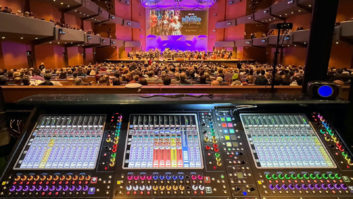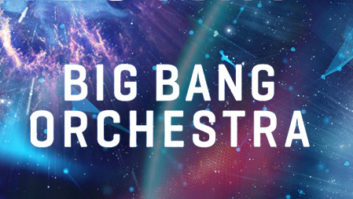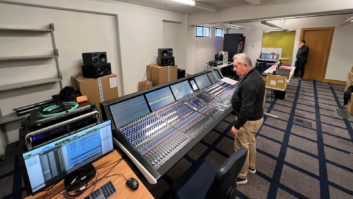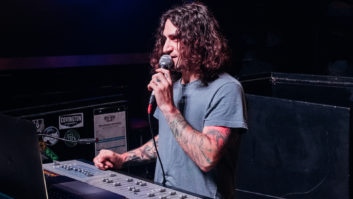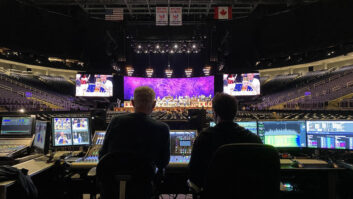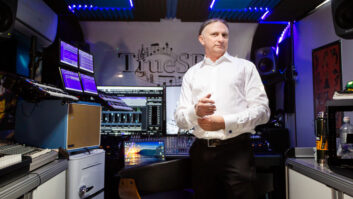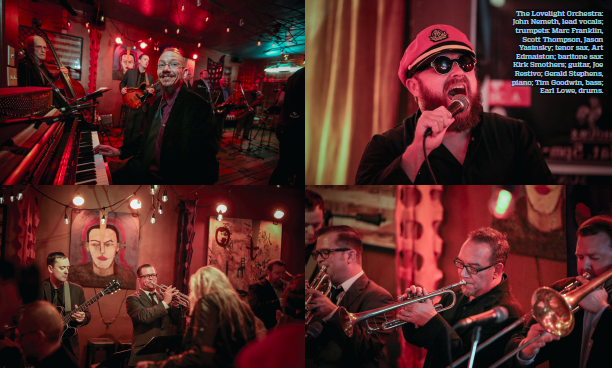
Sam Phillips must have left a trail of breadcrumbs for Matt Ross-Spang to follow. Engineer/producer Ross-Spang began his career as an intern at Sun Studios, where he worked his way up to chief engineer and became the driving force behind returning the facility to its original character, complete with an RCA 76D tube console, Ampex 350 tape machines, etc. Sun thrived under Ross-Spang, not only as a museum of rock ‘n’ roll history, but as a respected studio.
After 11 years at Sun, Ross-Spang was being offered side projects, including Jason Isbell’s Dave Cobb-produced album Something More Than Free (Southeastern, 2016). “Working at Sun was the coolest job in the world, but I’d been thinking about going independent, and the studio couldn’t let me go for a whole month of dates to do the Isbell album—too much time to fill,” Ross-Spang says.
So, he went independent, but soon found a home for his studio work: Sam Phillips Recording, the studio that Phillips designed and built after Sun. “I’ve been strangely on this path,” Ross-Spang says. “Sam’s sons, Jerry and Knox, still own and operate this studio, and it’s amazing.
“When he started Sun, Sam worked in the confines of a small space and almost no money, but here he built three echo chambers, two studios, two lathe rooms. He had his own penthouse suite with a bar next to it, and it’s all still there with the original bright red shag carpet.”
One of Ross-Spang’s most recent productions also echoes Phillips’ history, as he produced a live, eponymous album for the Lovelight Orchestra: a 10-piece retro blues band comprising some of Memphis’ finest session musicians, including trumpet player and arranger Marc Franklin.
“Joe Restivo, the guitarist, and John Nemeth, the vocalist, and I were playing poker and talking about how much we loved that post-war blues—early ’60s, late ’50s, Specialty and Duke Records kinds of recordings,” says Franklin, who, along with the group’s tenor sax player Art Edmaiston and drummer Earle Lowe is a former member of Bobby Blue Bland’s band. “We each picked seven songs that we loved, and we put the band and a set together and played a gig.
“We got such a great response from the people here in Memphis that we decided to keep doing it and make a record. It was Matt Ross-Spang’s idea to record live.”
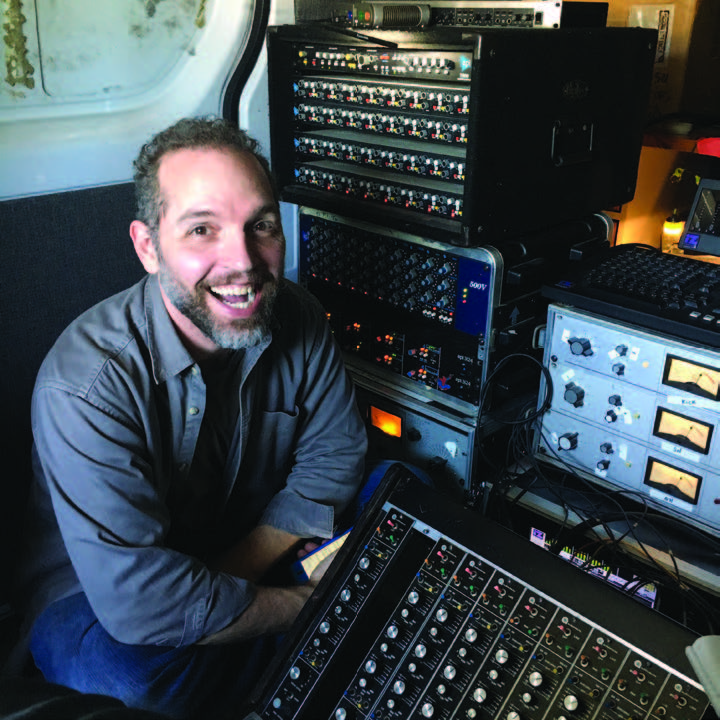
“In the moment when they asked me to produce, I was overjoyed and at the same time, completely horrified at the idea of a 10-piece band and me all trying to get our schedules lined up,” Ross-Spang recalls. “But then it came to me: With that type of music, it’s all about the live show. We should do it like the Roy Orbison Black and White Night, with everybody in a ballroom like the Peabody.”
The Peabody Hotel in Memphis is where Sam Phillips’ audio career really began; the legendary engineer/producer was a DJ for CBS affiliate WREC-Radio, which broadcast live performances from the Peabody. In 2000, Phillips told Mix, “Here I am 22 years old, and I’m mixing the bands that go on the CBS Network every night, six nights a week, and I never thought two years before that I’d ever see a big band.”
“Another connection to Sam. I have it on my brain,” Ross-Spang says. “But the ballroom is a huge space and we decided to skip that and go to this bar, DKDC [also in Memphis] that they’re used to playing. The bar is smaller than Sun Studio, but it has a great feel in the room.” Ross-Spang, engineer Kevin Houston, and second engineer Daniel Lynch set up the musicians on the crowded club stage, sans vocalist. “Nemeth just sat at the bar like a patron and sang to the band with a bunch of gals around him dancing,” Ross-Spang says.
Stage mics included a Shure SM58 for Nemeth; a Neumann KM84 on Gerald Stephens’ upright piano, and a Lauten FET Atlantis FC-387 on a stand a few inches from Tim Goodwin’s upright bass.
“And as a safety, we also took a KM84 and wrapped it in bubble wrap and I shoved it in the bridge of the upright bass looking up at the neck,” Ross-Spang explains. “He likes to move around, so everywhere he would go, that microphone was going with him.
sE Electronics sent over some of their V7 mics, as well, and Ross-Spang used them for guitars and individual horns. “They’re like Shure SM7s, but with a tighter pattern,” he says. “It was amazing the rejection we got. But
Kevin Houston and I also put an old EV 635 five or so feet in front of the horns; the sound of air bouncing around the horns is better than any engineer could get with faders. The spot mics were helpful if we wanted to turn up a solo.
“There’s a couple things where we wanted the best rejection you can, but there were others where we wanted everything to bleed all over each other,” continues Ross-Spang. “Put up the right microphone, and it fixes itself.”
During the gig, Ross-Spang and the engineers were outside the club, in a van that they’d rigged as a mobile studio. “We borrowed it from Kevin Cubbins of Beale Street Caravan and stacked in my RADAR system,” Ross-Spang says.
“Also, I had a classic Spectrasonics console that I had a tech build a little sidecar frame for, so I can pull the channels, drop them into the frame and take them with me. We brought those and 610 and V610 compressors, though we weren’t using much compression.
“The minute they started playing, we all got goose bumps in the van. They sounded like one of those B.B. King live at the Regal-style records.”
Ross-Spang, Houston and the band mixed The Lovelight Orchestra on an API Vision console in the studio where Houston works, Music + Arts (Memphis).
“I panned the piano hard left and I panned the guitar hard right, and the horns are spread across the inside,” Ross-Spang says. “It creates a cool 3-D image of the room, where you feel the depth: The drums are in the back, the piano’s up close.”
Songs on the finished album include originals by Nemeth and Restivo, as well as classic blues band songs and a blown-up version of Al Green’s “Love and Happiness.”
“Matt’s all about making records the old-fashioned way, performance- centered,” Franklin says. “That’s why we asked him to produce. As young as he is, he has an old-soul mentality about music.”
